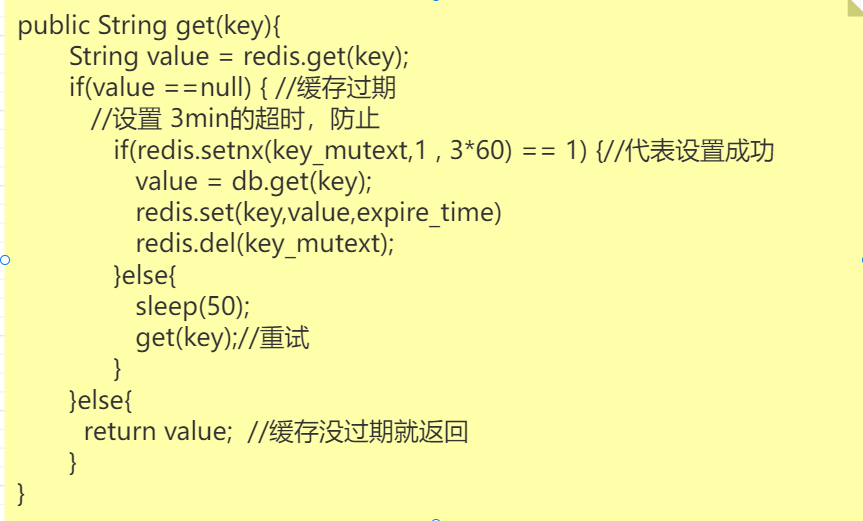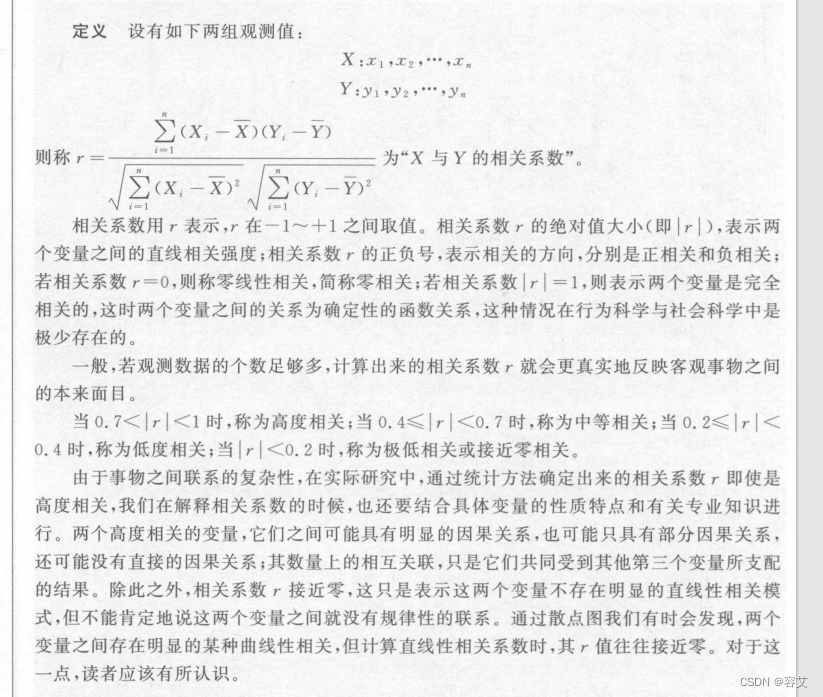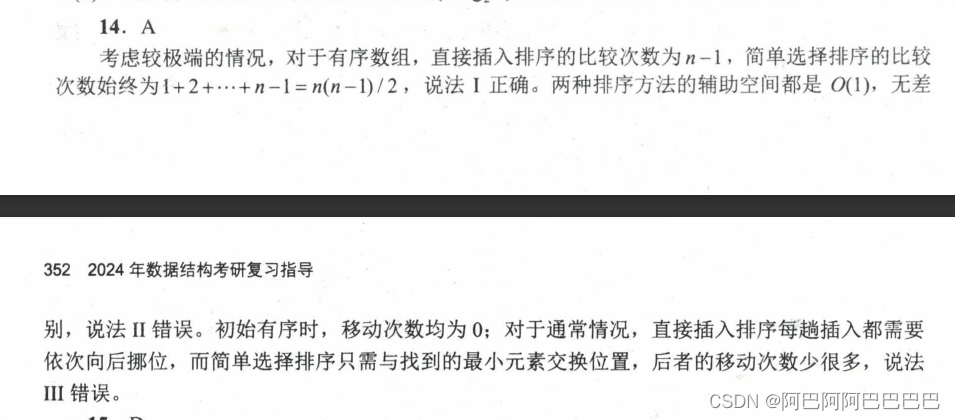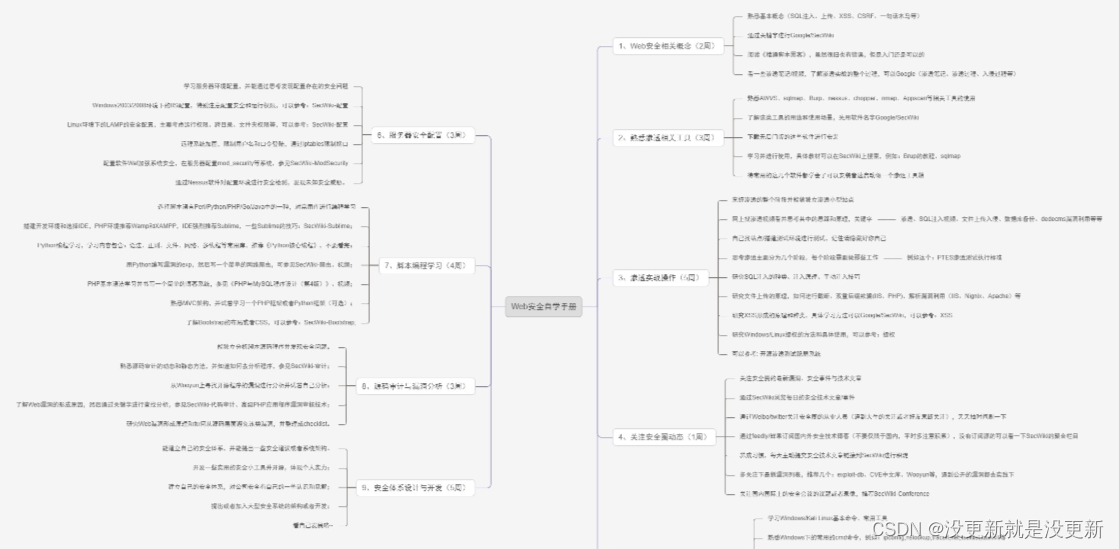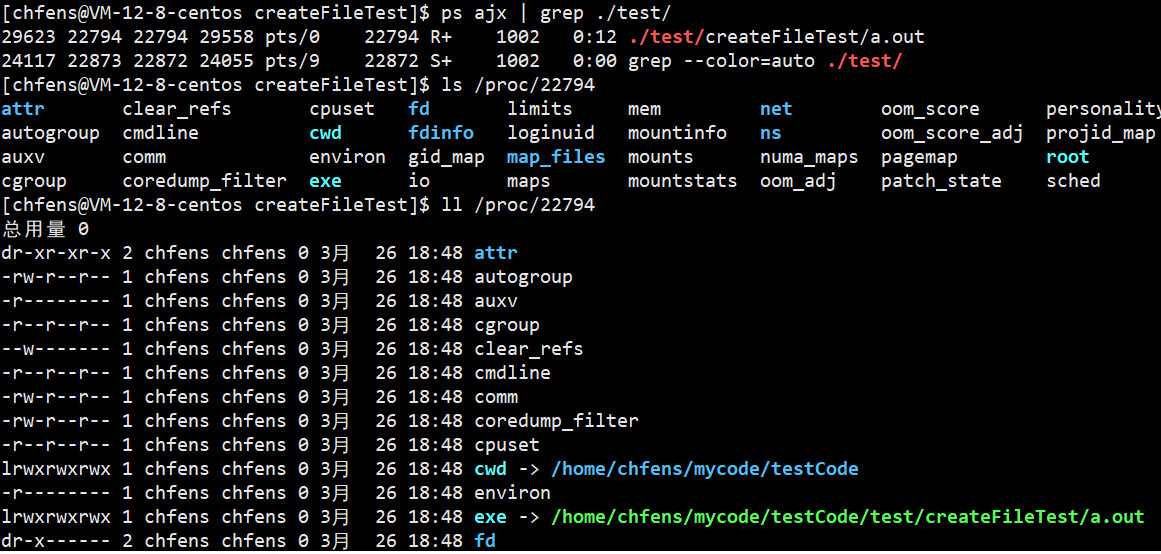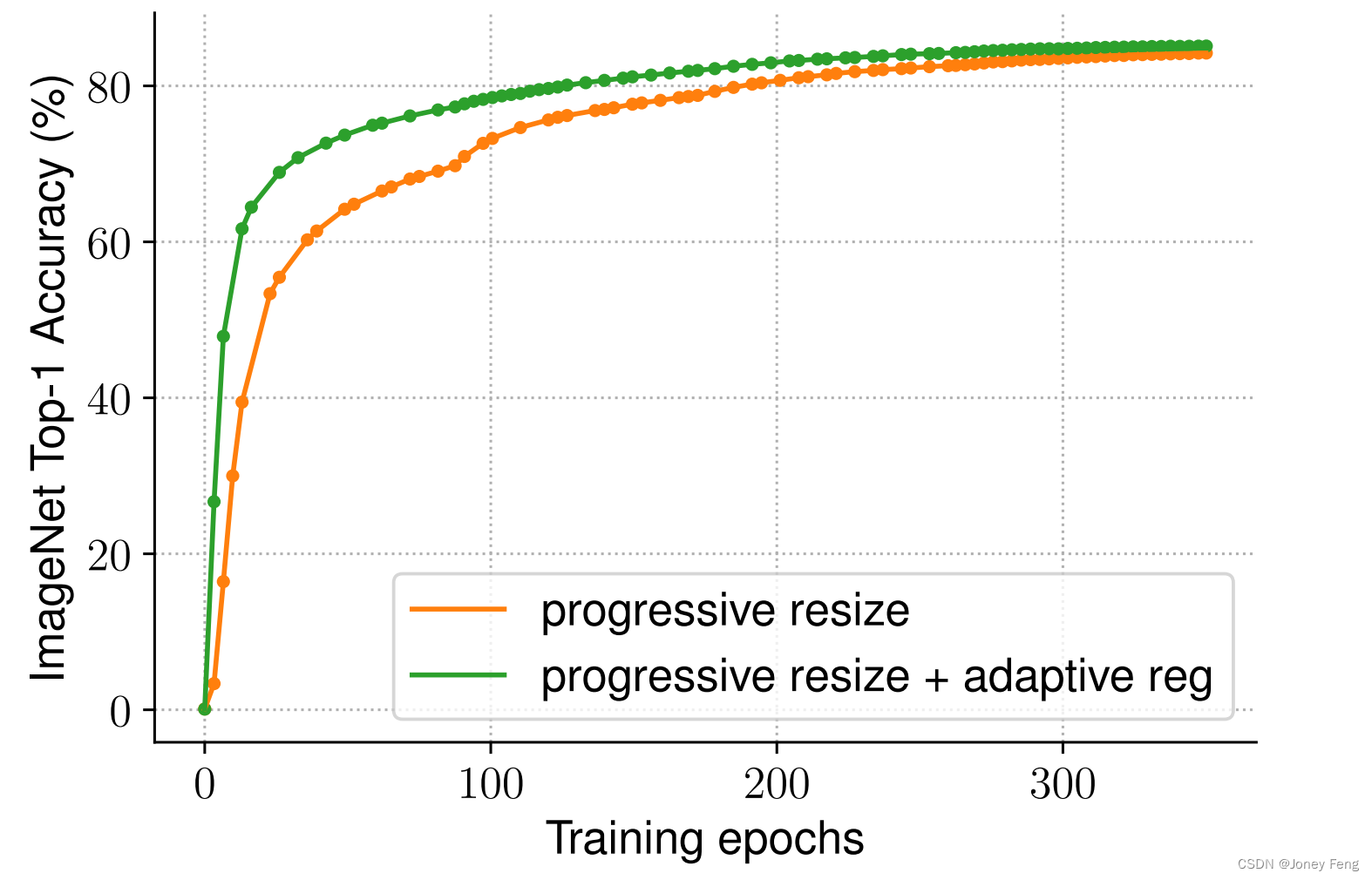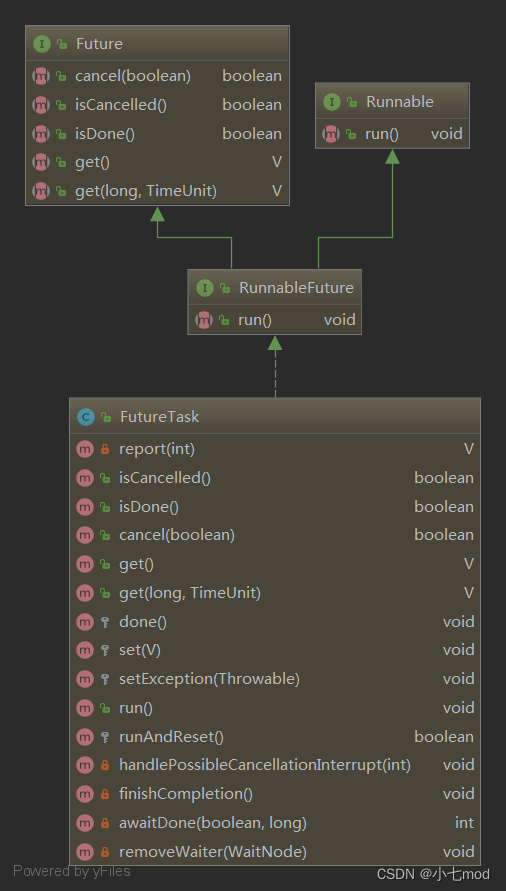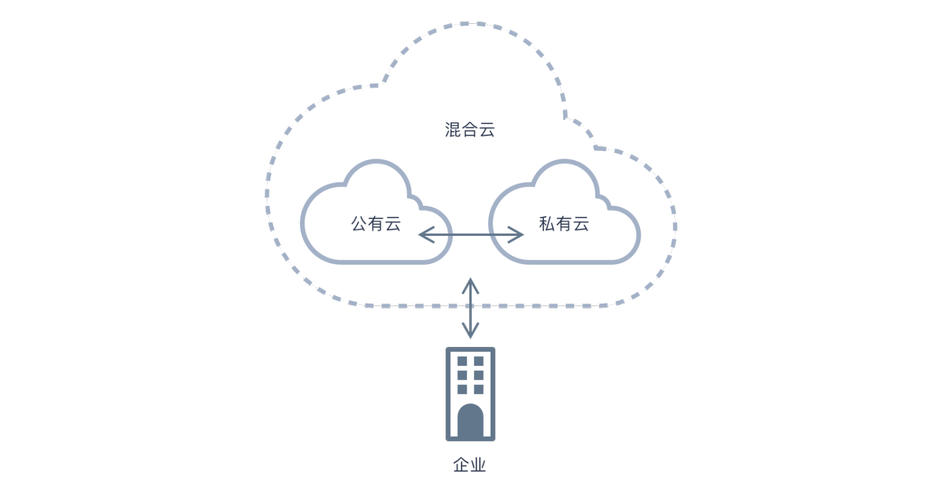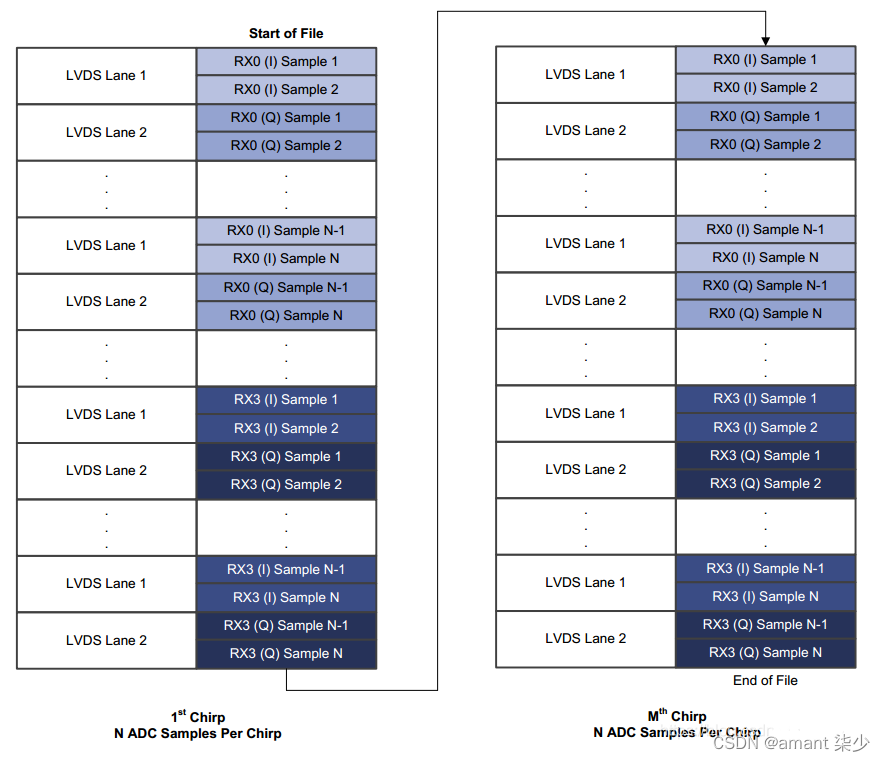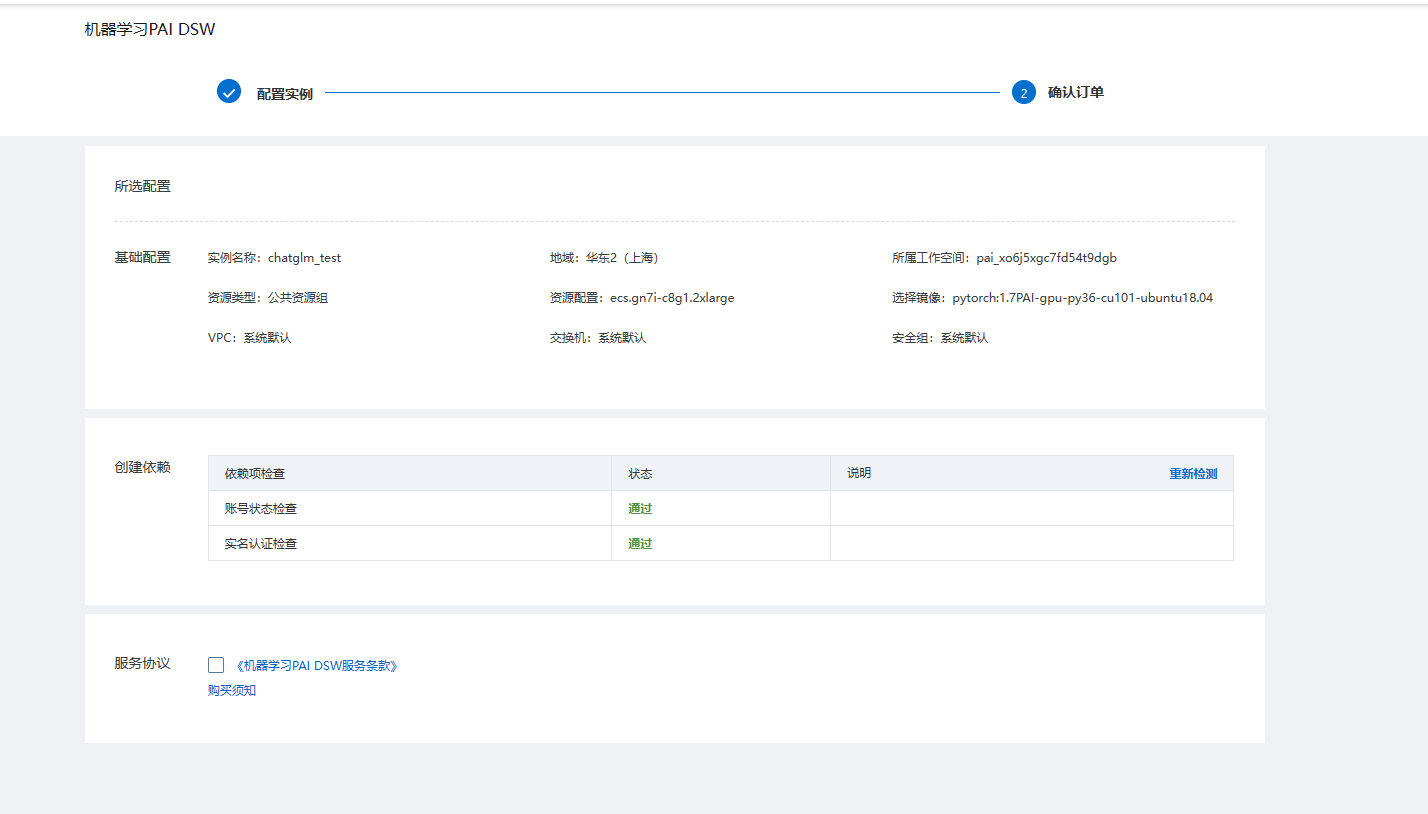pytorch搭建AlexNet网络实现花分类
- 一、AlexNet网络
- 概述
- 分析
- 二、数据集准备
- 下载
- 划分训练集和测试集
- 三、代码
- model.py
- train.py
- predict.py
一、AlexNet网络
概述
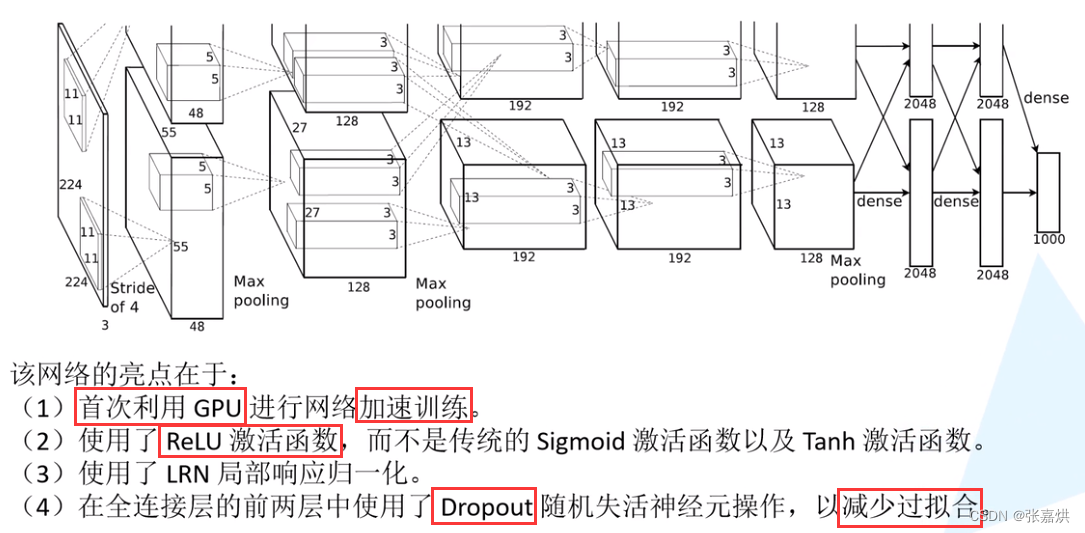
使用Dropout的方式在网络正向传播过程中随机失活一部分神经元,以减少过拟合
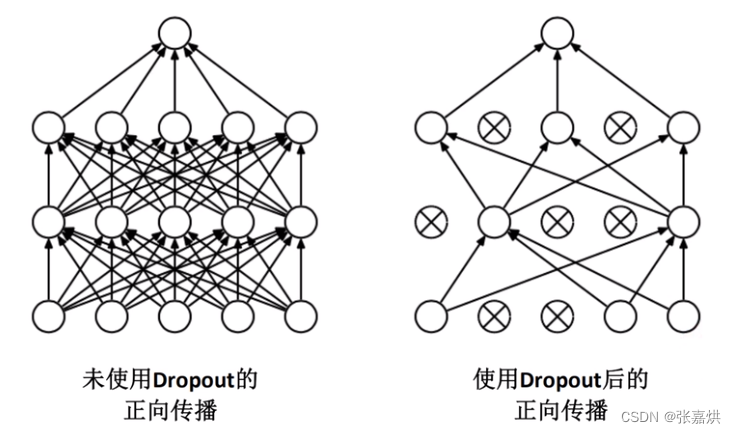
分析
对其中的卷积层、池化层和全连接层进行分析
1,Conv1
注意:图片中用了两块GPU并行计算,上下两组图结构一样。

- 输入:input_size = [224, 224, 3]
- 卷积层:
kernels = 48 * 2 = 96 组卷积核
kernel_size = 11
padding = [1, 2] (左上围加半圈0,右下围加2倍的半圈0)
stride = 4 - 输出:output_size = [55, 55, 96]
经 Conv1 卷积后的输出层尺寸为:
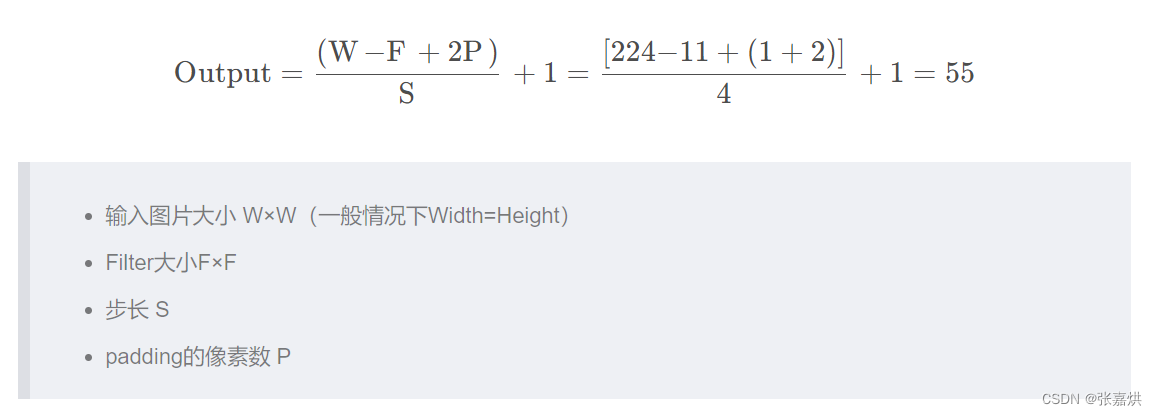
2,Maxpool1

- 输入:input_size = [55, 55, 96]
- 池化层:(只改变尺寸,不改变深度channel)
kernel_size = 3
padding = 0
stride = 2 - 输出:output_size = [27, 27, 96]
经 Maxpool1 后的输出层尺寸为:

3,Conv2

- 输入:input_size = [27, 27, 96]
- 卷积层:
kernels = 128 * 2 = 256 组卷积核
kernel_size = 5
padding = [2, 2]
stride = 1 - 输出:output_size = [27, 27, 256]
经 Conv2 卷积后的输出层尺寸为:

4,Maxpool2
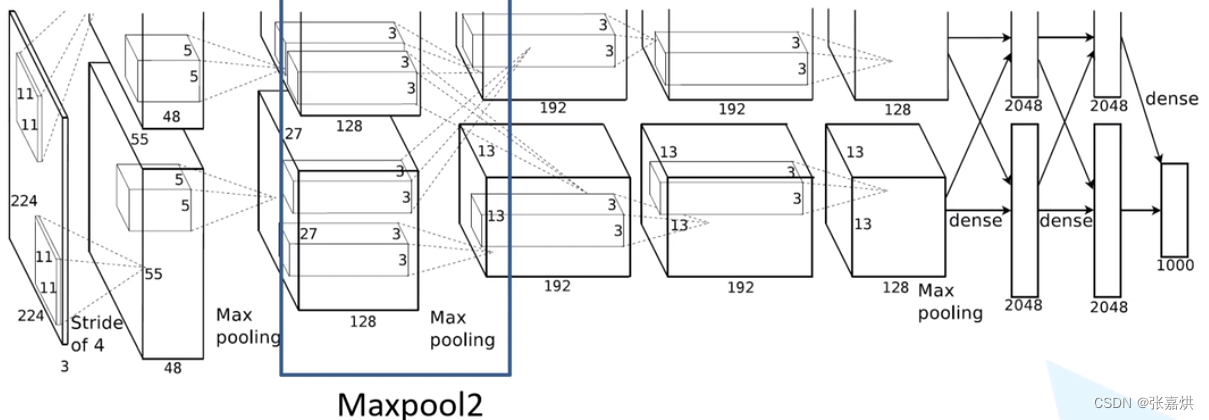
- 输入:input_size = [27, 27, 256]
- 池化层:(只改变尺寸,不改变深度channel)
kernel_size = 3
padding = 0
stride = 2 - 输出:output_size = [13, 13, 256]
经 Maxpool2 后的输出层尺寸为:

5,Conv3
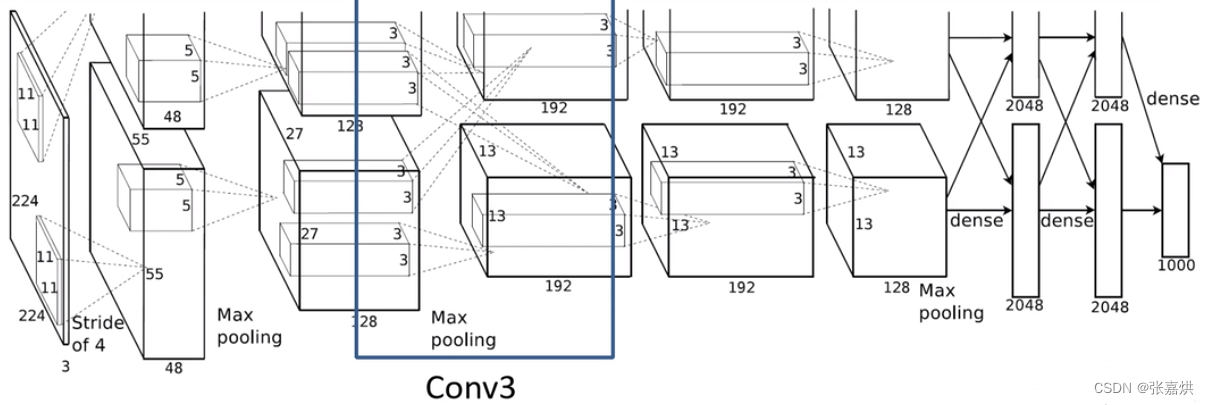
- 输入:input_size = [13, 13, 256]
- 卷积层:
kernels = 192* 2 = 384 组卷积核
kernel_size = 3
padding = [1, 1]
stride = 1 - 输出:output_size = [13, 13, 384]
经 Conv3 卷积后的输出层尺寸为:

6,Conv4

- 输入:input_size = [13, 13, 384]
- 卷积层:
kernels = 192* 2 = 384 组卷积核
kernel_size = 3
padding = [1, 1]
stride = 1 - 输出:output_size = [13, 13, 384]
经 Conv4 卷积后的输出层尺寸为:

7,Conv5

- 输入:input_size = [13, 13, 384]
- 卷积层:
kernels = 128* 2 = 256 组卷积核
kernel_size = 3
padding = [1, 1]
stride = 1 - 输出:output_size = [13, 13, 256]
经 Conv5 卷积后的输出层尺寸为:

8,Maxpool3

- 输入:input_size = [13, 13, 256]
- 池化层:(只改变尺寸,不改变深度channel)
kernel_size = 3
padding = 0
stride = 2 - 输出:output_size = [6, 6, 256]
经 Maxpool3 后的输出层尺寸为:

9,FC1、FC2、FC3
Maxpool3 → (6*6*256) → FC1 → 2048 → FC2 → 2048 → FC3 → 1000
最终的1000可以根据数据集的类别数进行修改。
二、数据集准备
下载
包含 5 中类型的花,每种类型有600~900张图像不等。
https://storage.googleapis.com/download.tensorflow.org/example_images/flower_photos.tgz

划分训练集和测试集
此数据集不同于 CIFAR10 下载时已经划分完成,需要自行划分。
shift + 右键 打开 PowerShell ,执行 “split_data.py” 分类脚本自动将数据集划分成 训练集train 和 验证集val。
split_data.py 代码如下:
import os
from shutil import copy
import random
def mkfile(file):
if not os.path.exists(file):
os.makedirs(file)
# 获取 flower_photos 文件夹下除 .txt 文件以外所有文件夹名( 即5种花的类名)
file_path = './flower_photos'
flower_class = [cla for cla in os.listdir(file_path) if ".txt" not in cla]
# 创建 训练集train 文件夹,并由5种类名在其目录下创建5个子目录
mkfile('flower_data/train')
for cla in flower_class:
mkfile('flower_data/train/'+cla)
# 创建 验证集val 文件夹,并由5种类名在其目录下创建5个子目录
mkfile('flower_data/val')
for cla in flower_class:
mkfile('flower_data/val/'+cla)
# 划分比例,训练集 : 验证集 = 9 : 1
split_rate = 0.1
# 遍历5种花的全部图像并按比例分成训练集和验证集
for cla in flower_class:
cla_path = file_path + '/' + cla + '/' # 某一类别花的子目录
images = os.listdir(cla_path) # iamges 列表存储了该目录下所有图像的名称
num = len(images)
eval_index = random.sample(images, k=int(num*split_rate)) # 从images列表中随机抽取 k 个图像名称
for index, image in enumerate(images):
# eval_index 中保存验证集val的图像名称
if image in eval_index:
image_path = cla_path + image
new_path = 'flower_data/val/' + cla
copy(image_path, new_path) # 将选中的图像复制到新路径
# 其余的图像保存在训练集train中
else:
image_path = cla_path + image
new_path = 'flower_data/train/' + cla
copy(image_path, new_path)
print("\r[{}] processing [{}/{}]".format(cla, index+1, num), end="") # processing bar
print()
print("processing done!")
通过修改 split_data.py 中的路径和文件名称参数,可以实现对其他数据集进行划分。
三、代码
model.py
import torch.nn as nn
import torch
class AlexNet(nn.Module):
def __init__(self, num_classes=1000, init_weights=False):
super(AlexNet, self).__init__()
self.features = nn.Sequential(
nn.Conv2d(3, 96, kernel_size=11, stride=4, padding=2), # input[3, 224, 224] output[96, 55, 55]
nn.ReLU(inplace=True),
nn.MaxPool2d(kernel_size=3, stride=2), # output[96, 27, 27]
nn.Conv2d(96, 256, kernel_size=5, padding=(2, 2)), # output[256, 27, 27]
nn.ReLU(inplace=True),
nn.MaxPool2d(kernel_size=3, stride=2), # output[256, 13, 13]
nn.Conv2d(256, 384, kernel_size=3, padding=(1, 1)), # output[384, 13, 13]
nn.ReLU(inplace=True),
nn.Conv2d(384, 384, kernel_size=3, padding=(1, 1)), # output[384, 13, 13]
nn.ReLU(inplace=True),
nn.Conv2d(384, 256, kernel_size=3, padding=(1, 1)), # output[256, 13, 13]
nn.ReLU(inplace=True),
nn.MaxPool2d(kernel_size=3, stride=2), # output[256, 6, 6]
)
self.classifier = nn.Sequential(
nn.Dropout(p=0.5),
nn.Linear(256 * 6 * 6, 4096),
nn.ReLU(inplace=True),
nn.Dropout(p=0.5),
nn.Linear(4096, 4096),
nn.ReLU(inplace=True),
nn.Linear(4096, num_classes),
)
if init_weights:
self._initialize_weights()
# 前向传播过程
def forward(self, x):
x = self.features(x)
x = torch.flatten(x, start_dim=1) # 展平后再传入全连接层
x = self.classifier(x)
return x
# 网络权重初始化,实际上 pytorch 在构建网络时会自动初始化权重
def _initialize_weights(self):
for m in self.modules():
if isinstance(m, nn.Conv2d): # 若是卷积层
nn.init.kaiming_normal_(m.weight, mode='fan_out', # 用(何)kaiming_normal_法初始化权重
nonlinearity='relu')
if m.bias is not None:
nn.init.constant_(m.bias, 0) # 初始化偏重为0
elif isinstance(m, nn.Linear): # 若是全连接层
nn.init.normal_(m.weight, 0, 0.01) # 正态分布初始化
nn.init.constant_(m.bias, 0) # 初始化偏重为0
注:为了加快训练,可以只使用了一半的网络参数,如下所示:
class AlexNet(nn.Module):
def __init__(self, num_classes=1000, init_weights=False):
super(AlexNet, self).__init__()
# 用nn.Sequential()将网络打包成一个模块,精简代码
self.features = nn.Sequential( # 卷积层提取图像特征
nn.Conv2d(3, 48, kernel_size=11, stride=4, padding=2), # input[3, 224, 224] output[48, 55, 55]
nn.ReLU(inplace=True), # 直接修改覆盖原值,节省运算内存
nn.MaxPool2d(kernel_size=3, stride=2), # output[48, 27, 27]
nn.Conv2d(48, 128, kernel_size=5, padding=2), # output[128, 27, 27]
nn.ReLU(inplace=True),
nn.MaxPool2d(kernel_size=3, stride=2), # output[128, 13, 13]
nn.Conv2d(128, 192, kernel_size=3, padding=1), # output[192, 13, 13]
nn.ReLU(inplace=True),
nn.Conv2d(192, 192, kernel_size=3, padding=1), # output[192, 13, 13]
nn.ReLU(inplace=True),
nn.Conv2d(192, 128, kernel_size=3, padding=1), # output[128, 13, 13]
nn.ReLU(inplace=True),
nn.MaxPool2d(kernel_size=3, stride=2), # output[128, 6, 6]
)
self.classifier = nn.Sequential( # 全连接层对图像分类
nn.Dropout(p=0.5), # Dropout 随机失活神经元,默认比例为0.5
nn.Linear(128 * 6 * 6, 2048),
nn.ReLU(inplace=True),
nn.Dropout(p=0.5),
nn.Linear(2048, 2048),
nn.ReLU(inplace=True),
nn.Linear(2048, num_classes),
)
if init_weights:
self._initialize_weights()
train.py
- 数据预处理
在对训练集的预处理,多了随机裁剪和水平翻转这两个步骤。可以起到扩充数据集的作用,增强模型泛化能力。
transforms.RandomResizedCrop(224), # 随机裁剪,再缩放成 224×224
transforms.RandomHorizontalFlip(p=0.5), # 水平方向随机翻转,概率为 0.5, 即一半的概率翻转, 一半的概率不翻转
- 导入和加载数据
不同于 CIFAR10 数据集,花分类数据集并不在 pytorch 的 torchvision.datasets. 中,因此需要用到 datasets.ImageFolder() 来导入。
ImageFolder()返回的对象是一个包含数据集所有图像及对应标签构成的二维元组容器,支持索引和迭代,可作为torch.utils.data.DataLoader的输入。
- 存储 索引:标签 的字典
为了方便在 predict 时读取信息,将 索引:标签 存入到一个 json 文件中
# 字典,类别:索引 {'daisy':0, 'dandelion':1, 'roses':2, 'sunflower':3, 'tulips':4}
flower_list = train_dataset.class_to_idx
# 将 flower_list 中的 key 和 val 调换位置
cla_dict = dict((val, key) for key, val in flower_list.items())
# 将 cla_dict 写入 json 文件中
json_str = json.dumps(cla_dict, indent=4)
with open('class_indices.json', 'w') as json_file:
json_file.write(json_str)
class_indices.json 文件内容如下:
{
"0": "daisy",
"1": "dandelion",
"2": "roses",
"3": "sunflowers",
"4": "tulips"
}
- 完整训练代码
# 导入包
import torch
import torch.nn as nn
from torchvision import transforms, datasets, utils
import matplotlib.pyplot as plt
import numpy as np
import torch.optim as optim
from model import AlexNet
import os
import json
import time
# 使用GPU训练
device = torch.device("cuda" if torch.cuda.is_available() else "cpu")
print(device)
data_transform = {
"train": transforms.Compose([transforms.RandomResizedCrop(224), # 随机裁剪,再缩放成 224×224
transforms.RandomHorizontalFlip(p=0.5), # 水平方向随机翻转,概率为 0.5, 即一半的概率翻转, 一半的概率不翻转
transforms.ToTensor(),
transforms.Normalize((0.5, 0.5, 0.5), (0.5, 0.5, 0.5))]),
"val": transforms.Compose([transforms.Resize((224, 224)), # cannot 224, must (224, 224)
transforms.ToTensor(),
transforms.Normalize((0.5, 0.5, 0.5), (0.5, 0.5, 0.5))])}
# 获取图像数据集的路径
image_path = "./flower_photos/flower_data/" # flower data_set path
# 导入训练集并进行预处理
train_dataset = datasets.ImageFolder(root=image_path + "/train",
transform=data_transform["train"])
train_num = len(train_dataset)
# 按batch_size分批次加载训练集
train_loader = torch.utils.data.DataLoader(train_dataset, # 导入的训练集
batch_size=32, # 每批训练的样本数
shuffle=True, # 是否打乱训练集
num_workers=0) # 使用线程数,在windows下设置为0
# 导入验证集并进行预处理
validate_dataset = datasets.ImageFolder(root=image_path + "/val",
transform=data_transform["val"])
val_num = len(validate_dataset)
# 加载验证集
validate_loader = torch.utils.data.DataLoader(validate_dataset, # 导入的验证集
batch_size=32,
shuffle=True,
num_workers=0)
# 字典,类别:索引 {'daisy':0, 'dandelion':1, 'roses':2, 'sunflower':3, 'tulips':4}
flower_list = train_dataset.class_to_idx
# 将 flower_list 中的 key 和 val 调换位置
cla_dict = dict((val, key) for key, val in flower_list.items())
# 将 cla_dict 写入 json 文件中
json_str = json.dumps(cla_dict, indent=4)
with open('class_indices.json', 'w') as json_file:
json_file.write(json_str)
net = AlexNet(num_classes=5, init_weights=True) # 实例化网络(输出类型为5,初始化权重)
net.to(device) # 分配网络到指定的设备(GPU/CPU)训练
loss_function = nn.CrossEntropyLoss() # 交叉熵损失
optimizer = optim.Adam(net.parameters(), lr=0.0002) # 优化器(训练参数,学习率)
save_path = './AlexNet.pth'
best_acc = 0.0
for epoch in range(10):
########################################## train ###############################################
net.train() # 训练过程中开启 Dropout
running_loss = 0.0 # 每个 epoch 都会对 running_loss 清零
time_start = time.perf_counter() # 对训练一个 epoch 计时
for step, data in enumerate(train_loader, start=0): # 遍历训练集,step从0开始计算
images, labels = data # 获取训练集的图像和标签
optimizer.zero_grad() # 清除历史梯度
outputs = net(images.to(device)) # 正向传播
loss = loss_function(outputs, labels.to(device)) # 计算损失
loss.backward() # 反向传播
optimizer.step() # 优化器更新参数
running_loss += loss.item()
# 打印训练进度(使训练过程可视化)
rate = (step + 1) / len(train_loader) # 当前进度 = 当前step / 训练一轮epoch所需总step
a = "*" * int(rate * 50)
b = "." * int((1 - rate) * 50)
print("\rtrain loss: {:^3.0f}%[{}->{}]{:.3f}".format(int(rate * 100), a, b, loss), end="")
print()
print('%f s' % (time.perf_counter()-time_start))
########################################### validate ###########################################
net.eval() # 验证过程中关闭 Dropout
acc = 0.0
with torch.no_grad():
for val_data in validate_loader:
val_images, val_labels = val_data
outputs = net(val_images.to(device))
predict_y = torch.max(outputs, dim=1)[1] # 以output中值最大位置对应的索引(标签)作为预测输出
acc += (predict_y == val_labels.to(device)).sum().item()
val_accurate = acc / val_num
# 保存准确率最高的那次网络参数
if val_accurate > best_acc:
best_acc = val_accurate
torch.save(net.state_dict(), save_path)
print('[epoch %d] train_loss: %.3f test_accuracy: %.3f \n' %
(epoch + 1, running_loss / step, val_accurate))
print('Finished Training')
predict.py
import torch
from model import AlexNet
from PIL import Image
from torchvision import transforms
import matplotlib.pyplot as plt
import json
# 预处理
data_transform = transforms.Compose(
[transforms.Resize((224, 224)),
transforms.ToTensor(),
transforms.Normalize((0.5, 0.5, 0.5), (0.5, 0.5, 0.5))])
# load image
img = Image.open("向日葵.jpg")
plt.imshow(img)
# [N, C, H, W]
img = data_transform(img)
# expand batch dimension
img = torch.unsqueeze(img, dim=0)
# read class_indict
try:
json_file = open('./class_indices.json', 'r')
class_indict = json.load(json_file)
except Exception as e:
print(e)
exit(-1)
# create model
model = AlexNet(num_classes=5)
# load model weights
model_weight_path = "./AlexNet.pth"
model.load_state_dict(torch.load(model_weight_path))
# 关闭 Dropout
model.eval()
with torch.no_grad():
# predict class
output = torch.squeeze(model(img)) # 将输出压缩,即压缩掉 batch 这个维度
predict = torch.softmax(output, dim=0)
predict_cla = torch.argmax(predict).numpy()
print(class_indict[str(predict_cla)], predict[predict_cla].item())
plt.show()


